Cathedral ceiling in the great room . . . do I want this?
mrspete
9 years ago
Featured Answer
Sort by:Oldest
Comments (40)
Alex House
9 years agolast modified: 9 years agozorroslw1
9 years agoRelated Discussions
Are you doing a high ceiling in your family room..cathedral, etc.
Comments (14)Our current living room dimensions are almost exactly the same. I think it looks good, but much of the "visual height" comes from wide openings to foyer and kitchen with transoms above each to 8'. I also have my window treatments started closer to the ceiling to elongate the window. If I can get the toys picked up enough to take a pic I will post one. If you can get 10' I would - that extra foot does alot for the room....See MoreHeight of Great Room Cathedral
Comments (5)8 divided by 12 times 10 equals 6.77777. 6.7777 plus 9 equals 15.777, or 15'8" from the floor to the peak. y = mx + b�good old Algebra! This isn't exact, your room is either 19' or 19'6" wide, I assumed it was 20 just because I could do the math in my head a bit easier. If we go with 19' instead of 20', then your height from floor to peak is 15'4". Not much difference....See MoreWhat color should I paint the cathedral ceiling (pics)?
Comments (18)Our hearth room has a similar cathedral ceiling with massive beams, and it gets lots of light thanks to a wall of east facing windows plus south facing french doors. Both the walls and ceiling are painted Manchester Tan. It's actually the one room in our home where I really like HC-91, probably because of the light. Elsewhere, it seems a bit blah. No offense meant to anyone who loves HC-91, it's just that our previous homes were filled with lots of color and this was a huge change. I expected to repaint the entire house, eventually, and if I ever do the hearth room won't be changing....See MoreNeed room dimension advice and photos of cathedral/vaulted ceilings
Comments (22)Cubes where the room is not wider or longer in at least one direction than the ceiling is high are not particularly comfortable, similar to how large rooms with low ceilings are not particularly comfortable. In a cube, the room tends to start feeling shaft like, where a large room with a low ceiling often seems to sag or press down in the center. Also, cubes are static and rectangles are not. It might be better if the ceiling was 15-16 if 24 is the largest dimension of the room. Peaks are a little different. I lived in an apartment where the original parlor floors were essentially a golden rectangle. They had been lofted at one end (about 1/3 of the space) and it made the high ceiling in the remaining area kind of elevator shaft-like. The apartments that maintained the original proportions were more comfortable spaces. Of the above pictures Mutiny and Rufty seem fine because of the length of the room and the ability to experience the height from the opposite end of the room in some sort of perspective. I actually find the Shades Creek kitchen proportions unpleasant. It makes a good picture but I don't think I would like working in that kitchen. I am curious as to how many people with 8-9 foot ceilings vacuum or clean them on a regular basis. I am not sure the extra height makes rooms extra dirty? That said I had to clean my 14 foot LR with elaborate plaster cornices with an extention pole with brushes on it...I purposely did not have any lighting in that ceiling. I think the people who bought the apartment from my buyer put in recessed cans. (Not right in a 1830s house and very hard to change. A ten foot ladder is much harder to manage than an 8 foot ladder)....See Moremrsb1227
9 years agolast modified: 9 years agoAlex House
9 years agoAims
9 years agodekeoboe
9 years agoAnnie Deighnaugh
9 years agoMatteson Custom Homes
9 years agobry911
9 years agomrspete
9 years agomrsb1227
9 years agozorroslw1
9 years agoUser
9 years agoUser
9 years agoUser
9 years agoOaktown
9 years agozippity1
9 years agobry911
9 years agolast modified: 9 years agoUser
9 years agolast modified: 9 years agonaturalpalette
9 years agobry911
9 years agoAnnie Deighnaugh
9 years agobry911
9 years agoLE
9 years agoUser
9 years agoUser
9 years agobry911
9 years agolast modified: 9 years agobry911
9 years agobry911
9 years agoUser
9 years agobry911
9 years agoUser
9 years agolast modified: 9 years agodekeoboe
9 years agobry911
9 years agoUser
9 years agoUser
9 years agobry911
9 years agoUser
9 years agobry911
9 years ago
Related Stories
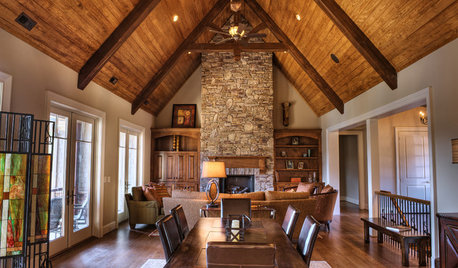
DESIGN DICTIONARYCathedral Ceiling
Matching the pitch of the roofline, this ceiling has a dramatic effect on rooms
Full Story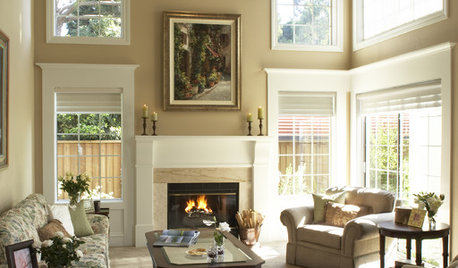
MORE ROOMSTall Tales: Ideas for Two-Story Great Rooms
Make a Great Room Grand With Windows, Balconies, Art and Dramatic Ceilings
Full Story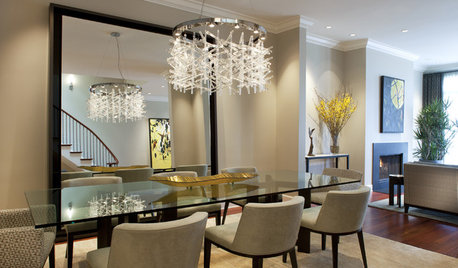
SMALL SPACESSmall-Space Secret: A Great Big Mirror
An oversized mirror makes a small room feel much larger. Get ideas from these 8 shining examples
Full Story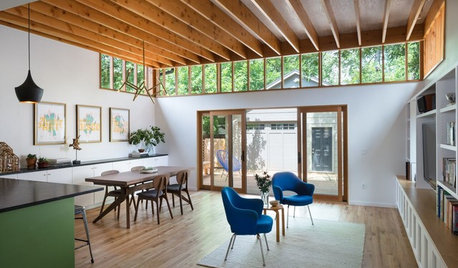
ROOM OF THE DAYRoom of the Day: A Great Room Pays Homage to Ordinary Architecture
This Texas renovation embraces a stick frame home's simple structure and its place in the community
Full Story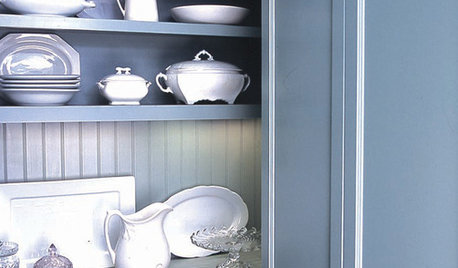
REMODELING GUIDES8 Great Ways to Use Beadboard
Grooved Paneling Works Wonders on Backsplash, Bookshelf, Ceiling or Tub
Full Story
MORE ROOMSGreat Rooms With Great Viewing
See how to enjoy your TV, sound systems and video games in one stylish, multifunctional room
Full Story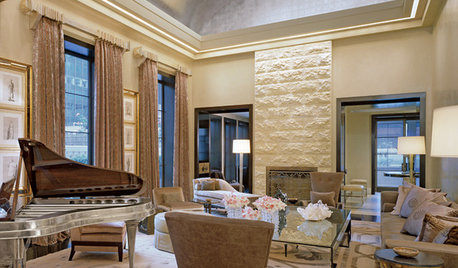
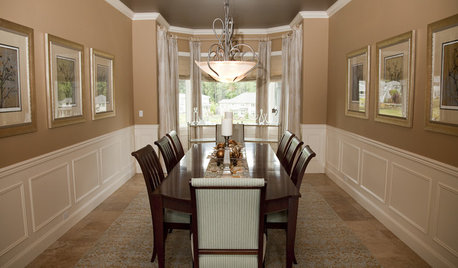
CEILINGSGreat Ideas for Painted Ceilings
Look up: Your ceiling may be crying out for some color
Full Story


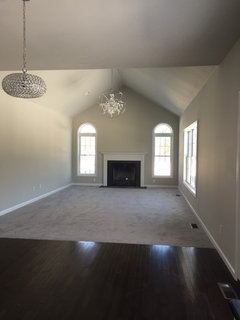
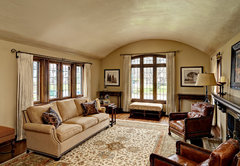

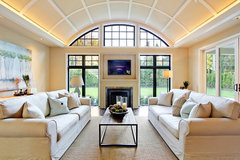
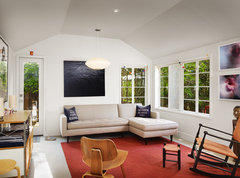
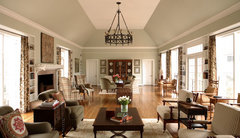
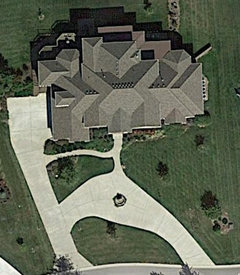
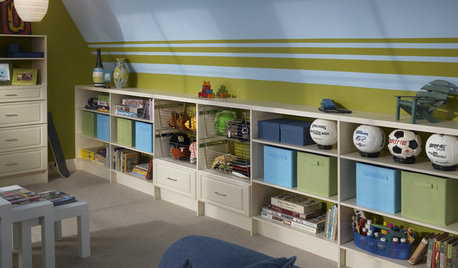
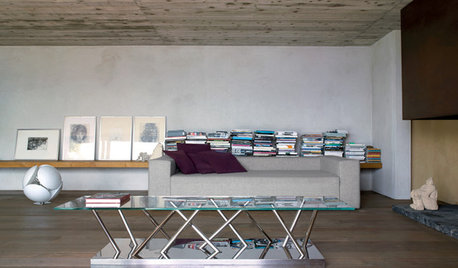

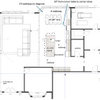

palimpsest